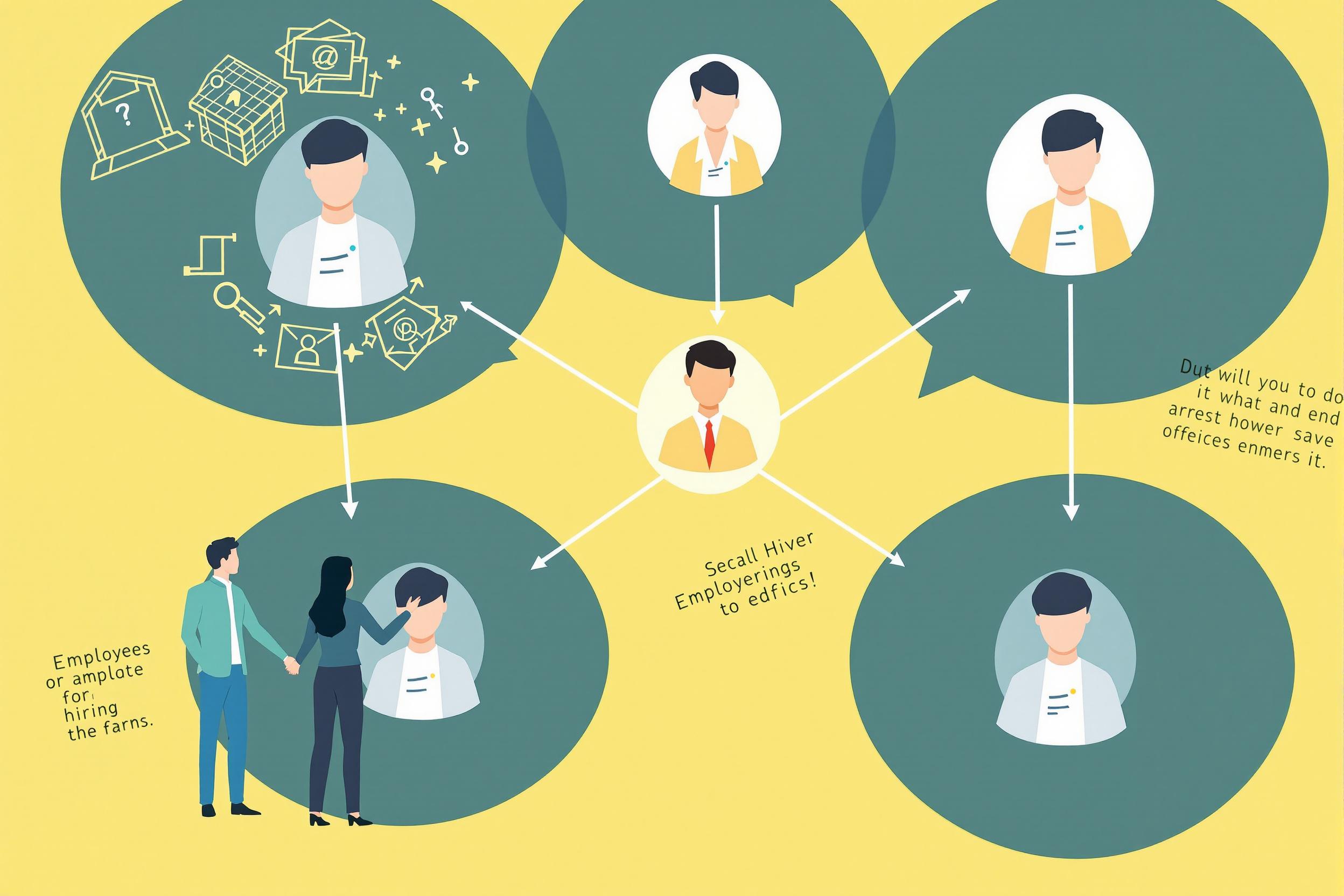
Refinishing
Refinishing is the process of restoring or renewing the outer surface of musical instruments to improve their appearance and protect them. This can include removing old finish, repairing damage, and applying new coatings. It's a crucial skill in instrument repair, particularly for wooden instruments like pianos, guitars, and violins. Think of it like giving an instrument a professional makeover that not only makes it look better but also helps preserve it. This process might involve techniques like French polishing, lacquering, or other finishing methods depending on the instrument type and its needs.
Examples in Resumes
Restored antique pianos through complete Refinishing and mechanical repair
Specialized in Refinishing and touch-up work for high-end string instruments
Performed complete Refinishing services on vintage guitars and other wooden instruments
Typical job title: "Instrument Refinishers"
Also try searching for:
Where to Find Instrument Refinishers
Professional Organizations
Online Communities
Job Resources
Example Interview Questions
Senior Level Questions
Q: How do you approach refinishing a valuable antique instrument?
Expected Answer: A senior refinisher should discuss evaluation processes, documentation, preservation of original materials when possible, and understanding of historical finishing techniques. They should mention consulting with owners and documentation of the instrument's history.
Q: What steps do you take when managing complex restoration projects?
Expected Answer: Should explain project planning, time management, documentation, client communication, and how they handle unexpected issues. Should discuss team coordination if working with other specialists.
Mid Level Questions
Q: What different types of finishes do you work with and how do you choose which to use?
Expected Answer: Should be able to explain common finishes (shellac, lacquer, varnish, etc.), their pros and cons, and how they choose based on instrument type, customer preferences, and intended use.
Q: How do you handle touch-up work on damaged finishes?
Expected Answer: Should describe assessment process, color matching techniques, blending methods, and how they ensure repairs are invisible or minimally noticeable.
Junior Level Questions
Q: What safety procedures do you follow when working with finishing materials?
Expected Answer: Should demonstrate knowledge of proper ventilation, personal protective equipment, proper storage of materials, and basic workshop safety practices.
Q: What basic tools and materials do you use in refinishing work?
Expected Answer: Should be able to list and explain use of basic tools like sanders, brushes, scrapers, and common finishing materials, showing familiarity with standard workshop equipment.
Experience Level Indicators
Junior (0-2 years)
- Basic surface preparation
- Simple finish application
- Tool maintenance
- Basic repair techniques
Mid (2-5 years)
- Color matching and blending
- Multiple finish types application
- Detail work and touch-ups
- Customer service skills
Senior (5+ years)
- Antique restoration expertise
- Project management
- Advanced finishing techniques
- Training and supervision
Red Flags to Watch For
- No knowledge of different finish types and their applications
- Lack of attention to detail
- No experience with proper safety procedures
- Unable to demonstrate basic tool knowledge
- No understanding of wood properties and behavior
Related Terms
Need more hiring wisdom? Check these out...

Refining Job Descriptions to Expand Applicant Pools: Casting a Wider Talent Net

The Secret Weapon in Your Office: How Employee Referrals Transform Hiring

From Farewells to Future Allies: Transforming Exit Interviews into Lifelong Connections

